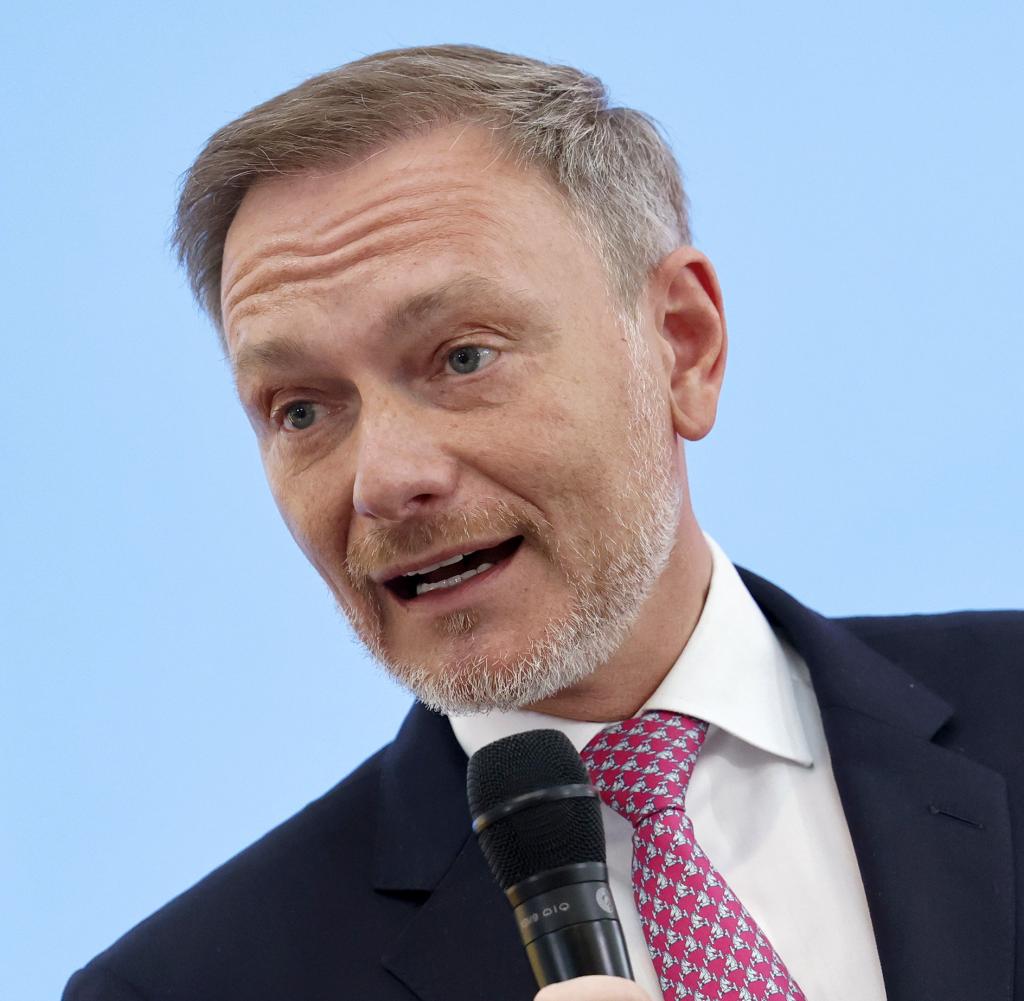Foreign investments in Germany continue to decline

Tesla in Grünheide is considered by many to be a showcase project for foreign investment in Germany
Source: dpa/Jörg Carstensen
According to a study by the consulting firm EY, foreign investments in Europe have declined: eleven percent less than before the corona pandemic. Germany retained its position in the ranking, but the gap to leader France increased again.
IAccording to a study, international investors once again reduced their involvement in Germany last year. In 2023, companies from abroad announced 733 investment projects in this country – twelve percent fewer than in the previous year. This is the lowest level since 2013 and the sixth consecutive decline, according to analysis by auditing and consulting firm EY.
In a European comparison, Germany remains in third place – but the gap to Primus France has increased again. EY counted five percent fewer projects there, but still 1,194. The non-EU country Great Britain follows with 985 projects (plus six percent). EY recorded the highest number of foreign investments in Germany with 1,124 projects in 2017. Before the corona pandemic in 2019, the number was 971. EY has been carrying out the study since 2006. Information on the investment volume was not provided.
The chairman of the EY management board, Henrik Ahlers, considers the decline to be a worrying development: “This is an alarm signal. “Germany is being left behind, other European locations are developing much more dynamically,” he is quoted as saying in a statement. Since 2017, the number of investment projects in Germany has fallen by 35 percent; in Great Britain the decline was 18 percent during the period. France, on the other hand, increased by 20 percent. “France is the big winner from Brexit. Germany, on the other hand, has lost even more investment than Great Britain,” said Ahlers.
Ahlers identifies several reasons for Germany’s poor performance, including the high tax burden, high labor costs, expensive energy and the country’s bureaucracy. “The result: investments are falling, the mood among consumers and companies is in the basement, and the economy is developing weaker than in any other industrial country.”
Development also weakened throughout Europe, but not as much as in Germany. In 2023, the number of announced projects fell by four percent to a total of 5,694. Turkey (plus 17 percent) and Switzerland (plus 53 percent) showed the greatest momentum. However, the pre-pandemic level was still missed across Europe. The number of projects was eleven percent lower than in 2019.
“Europe urgently needs foreign investment and this study should be a wake-up call for the entire continent,” said EY expert Julie Linn Teigland. These would strengthen the European economy by creating jobs, promoting innovation and boosting exports. “Urgent action must now be taken to ensure that Europe remains competitive in the face of increasingly fierce competition from the US and China,” said Teigland.
US investors are withdrawing
US companies were still the most important investors in Europe and Germany last year – but the number of projects shrank by 15 percent, and in this country by as much as 22 percent. Ahlers blames billion-dollar subsidy programs such as the Inflation Reduction Act (IRA). “The US location policy is having an impact,” he said. “US corporations are apparently investing more in their own country and less often in Europe.”
US investors have by no means written off Germany as a business location, but their trust has been shaken. The top priority of German politics and business should be to restore this, said Ahlers. But it can’t be about a subsidy race. Rather, the general conditions need to be improved. However, Ahlers was skeptical as to whether this could be achieved quickly: “The problems in Germany are deep and are also of a structural nature. A trend reversal will therefore not happen overnight,” he said. A real tax reform and a reduction in regulation are necessary.


